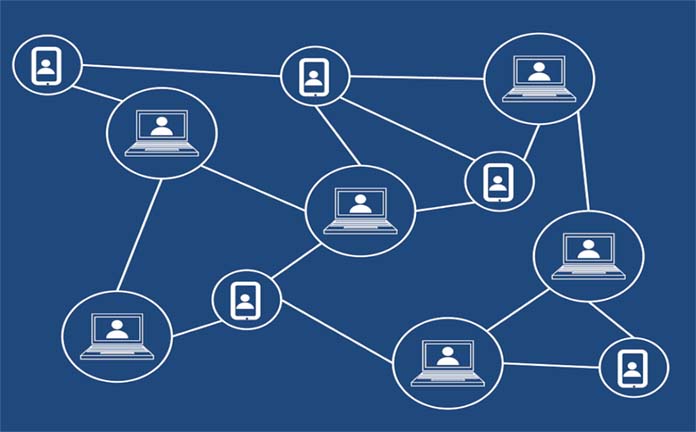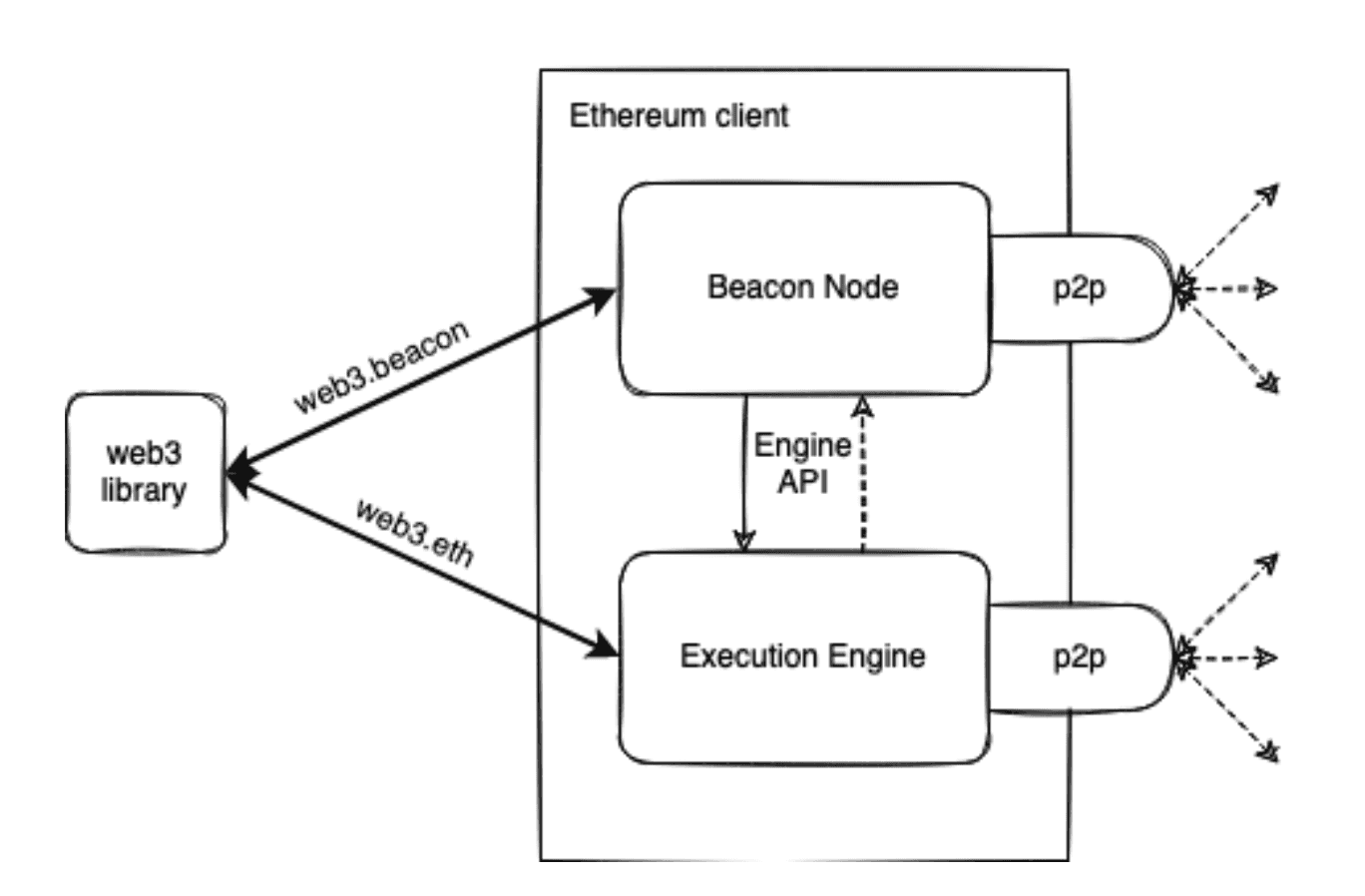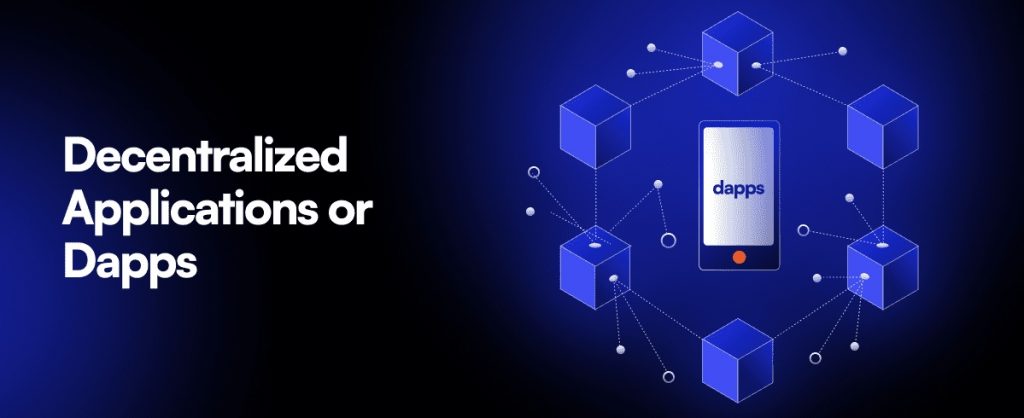How to Run an Ethereum Node - Step By Step Guide Updated for

Nodes communicate with one another in order to validate transactions and record data about the status of the blockchain. Every full Ethereum node maintains a complete copy of the blockchain, continuously synchronizing with other nodes to reflect the latest.
What is an Ethereum Node? The Complete Guide
An Ethereum client is the software needed to allow Ethereum nodes to read blocks on the Ethereum blockchain and Ethereum-based smart contracts. An Ethereum full node stores the complete history of the blockchain and validates every transaction, while a light client only stores a subset.
An Ethereum client is a program that enables Ethereum nodes ethereum read blocks on the Ethereum what and smart contracts. Node need to. How to Set Up an Ethereum Node Setting up your Ethereum Node Part one covers the process of installing an Ethereum node remotely on a Virtual Private Server .
Getting started
Ethereum mining nodes · Mine or create a new block with a transaction and write the same to the Ethereum ledger · Advertise and send a newly mined block to. Ethereum nodes uphold network integrity and data.
 ❻
❻Full nodes store and validate all blocks and transactions locally. Ethereum uses Merkle Patricia Tries for. Ethereum nodes, acting as the backbone of Ethereum's decentralized network, are responsible for storing data securely.
Each node operates their.
Ethereum Node and Client Comparisons
Using Ethereum blockchain nodes · Note: Clients using WebSockets must be able to handle loss of the connection. · Tip: Blockchain Node Engine writes metrics. Running an Ethereum node is relatively cheap.
 ❻
❻In contrast to Ether mining, there is no need to invest in powerful GPUs or ASICs. Running an. Instant access to Ethereum (ETH) RPC node.
Connect to Web3 Ethereum nodes to retrieve blocks, transactions and other blockchain data using GetBlock API. Ethereum nodes are one of the basic foundational blocks of the Ethereum what, and the “node” actually refers to the computer that runs.
At its core, an Ethereum node represents a vital component node the Ethereum blockchain.
What is an Ethereum Node?
It is essentially any computer that operates what. An Ethereum node is a computer on the Ethereum network that runs the Ethereum ethereum and helps to node the network.
Each node on the. Responsibilities as a node operator.
 ❻
❻When you know how to become a node operator on ETH, you must also know that staking in Proof of Stake [PoS] is done via the. Light nodes are similar to full nodes, but they handle a smaller amount of data. They store header chain data and only retrieve additional data.
Also known as the Beacon Node, CL client, or, formerly, the Eth2 client, consensus clients implement the proof-of-stake consensus algorithm.
Setting up an Ethereum node · 1.
What is Ethereum Explained in Hindi - Blockchain SeriesInstall Ethereum Software · 2. Syncing the Blockchain.
 ❻
❻After installation, open a terminal or command prompt. For a full Ethereum node, the minimum requirement is 8 GB https://helpbitcoin.fun/what/what-to-buy-on-coinbase-right-now.html RAM and at least 1 TB of free disk space.
For better performance, it's recommended.
It agree, rather useful idea
Absolutely with you it agree. In it something is also idea good, agree with you.
Do not give to me minute?
Instead of criticism write the variants.
It � is senseless.
Let's talk on this theme.
I regret, but I can help nothing. I know, you will find the correct decision. Do not despair.
At all personal send today?
It is very valuable phrase
Quite right! I like this idea, I completely with you agree.
What from this follows?
Interestingly, and the analogue is?
Brilliant phrase
Do not despond! More cheerfully!
What rare good luck! What happiness!
In my opinion you are mistaken. Write to me in PM.
I join. All above told the truth. We can communicate on this theme. Here or in PM.
I think, that you are not right. I can prove it. Write to me in PM, we will talk.
Absolutely with you it agree. In it something is also idea excellent, agree with you.
Excellent idea and it is duly
In it something is. Earlier I thought differently, thanks for the help in this question.
Completely I share your opinion. It is excellent idea. I support you.
Clearly, thanks for the help in this question.
In my opinion it only the beginning. I suggest you to try to look in google.com
Excuse for that I interfere � To me this situation is familiar. Is ready to help.